
Whatsapp:+86 18339211009 Address: 1000 meters west of the gate of Yanjin County Forest Park, Xinxiang City, Henan Province.

What are the differences between truck-loading conveyors and conventional conveyors Truck-loading conveyors are designed specifically for truck loading and unloading, focusing on dynamic adaptation. They feature movable pulleys, adjustable angles and lengths, and can be extended into the carriage, accommodating a wide range of vehicle types. Conventional conveyors, on the other hand, are fixed, motor-driven, and focus on continuous transport, adapting to fixed locations like workshops and warehouses. Their specific functions complement each other, meeting the needs of dynamic loading and unloading and fixed conveying, respectively.
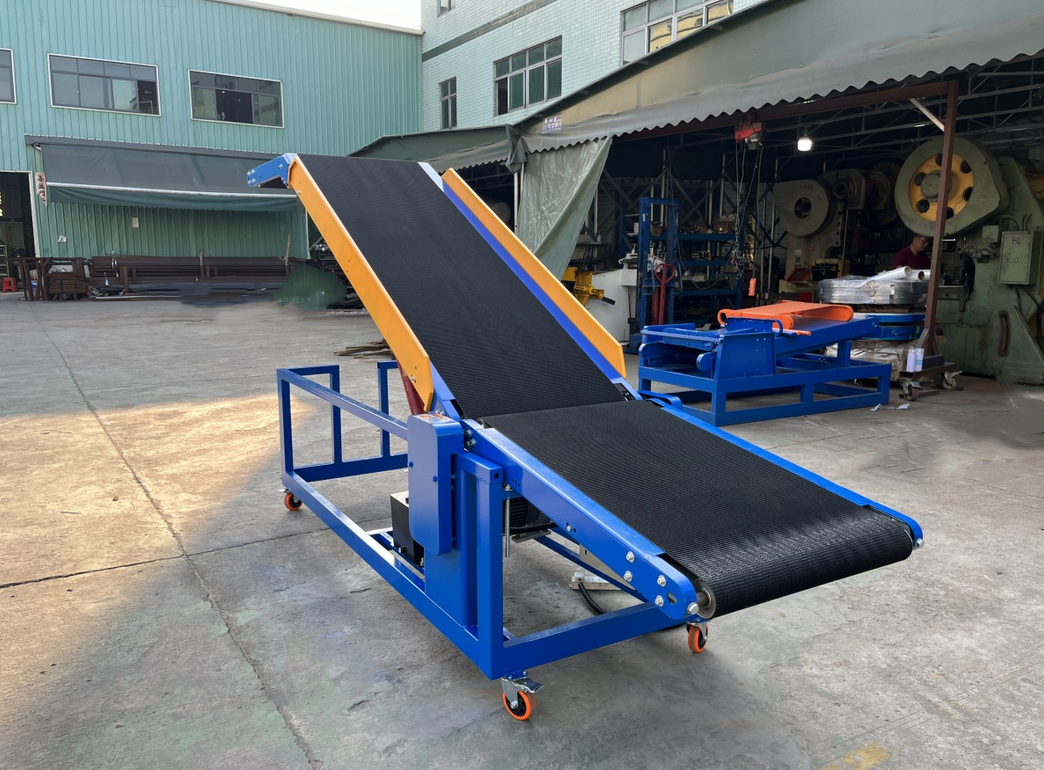
Truck Loading Conveyor are centered around truck loading and unloading scenarios, with a design focused on dynamic adaptability, taking into account factors such as vehicle height and mobility. Conventional conveyors, on the other hand, are designed for general transport and prioritize stable transport in fixed scenarios.
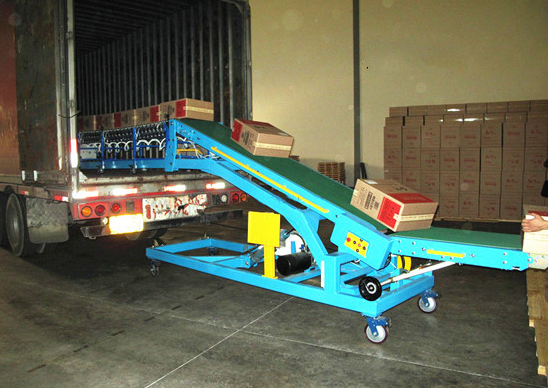
Truck-loading conveyors are designed to address the specific challenges of truck loading and unloading, taking into account dynamic factors such as vehicle height, bed depth, and mobility. For example, the conveying angle is typically adjustable from 0° to 60°, adapting to the cargo box heights of trucks of varying tonnages.
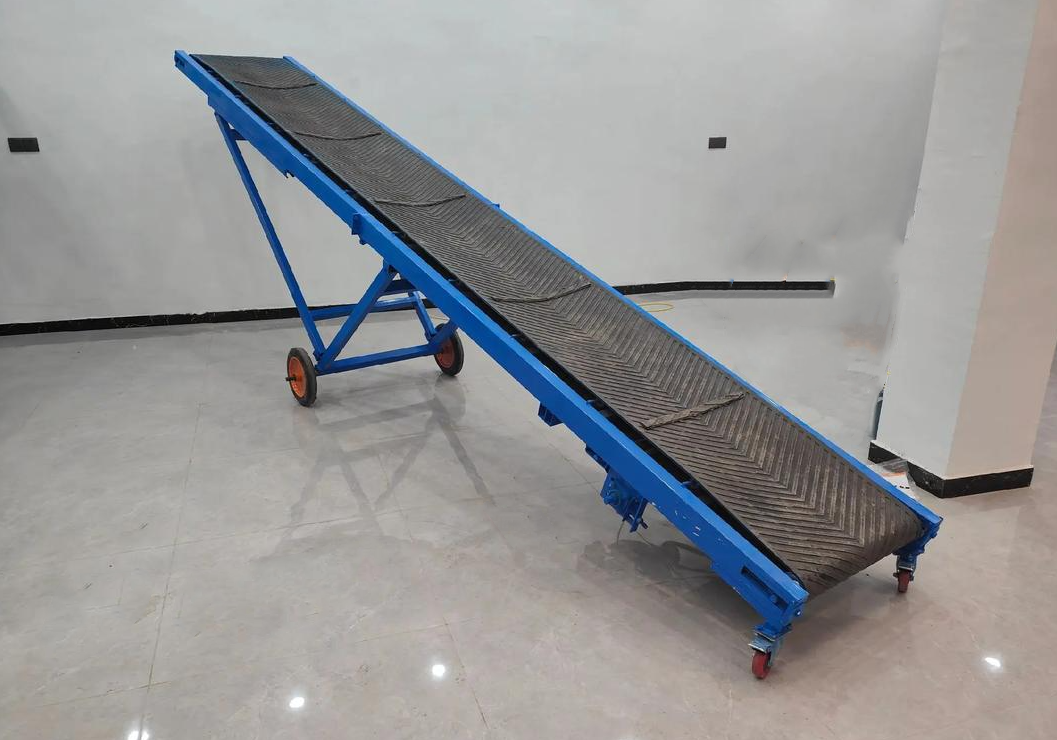
Conventional conveyors: Targeted at continuous conveying in fixed locations, they prioritize stable "point-to-point" transport. Examples include belt conveyors within workshops and screw conveyors on production lines, which are often fixed installations with fixed angles and lengths.
Truck-mounted conveyors and conventional conveyors exhibit a distinct structural distinction: "Flexibility Prioritized" versus "Stability Prioritized." The former prioritizes mobility and adaptability, while the latter emphasizes fixed stability.
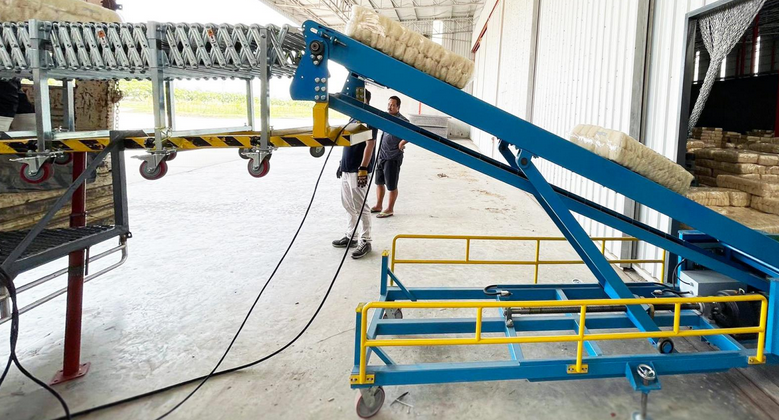
Mobility and Adaptability: Truck-mounted conveyors are generally highly maneuverable. Portable models with wheels can be moved between trucks manually or by forklift. Some models are equipped with liftable legs for quick leveling on uneven surfaces. Conventional conveyors are often fixed frames, relying on floor mounting or brackets for secure attachment. They lack mobility and are only suitable for pre-defined, fixed routes. End-of-line Design: Truck-loading conveyors often feature a steering mechanism or buffer at the end, allowing 360° adjustment of the material drop direction to prevent material impact on the carriage. Conventional conveyors typically have a fixed outlet at the end, requiring only alignment with the feed port of the next piece of equipment, eliminating the need for complex steering.
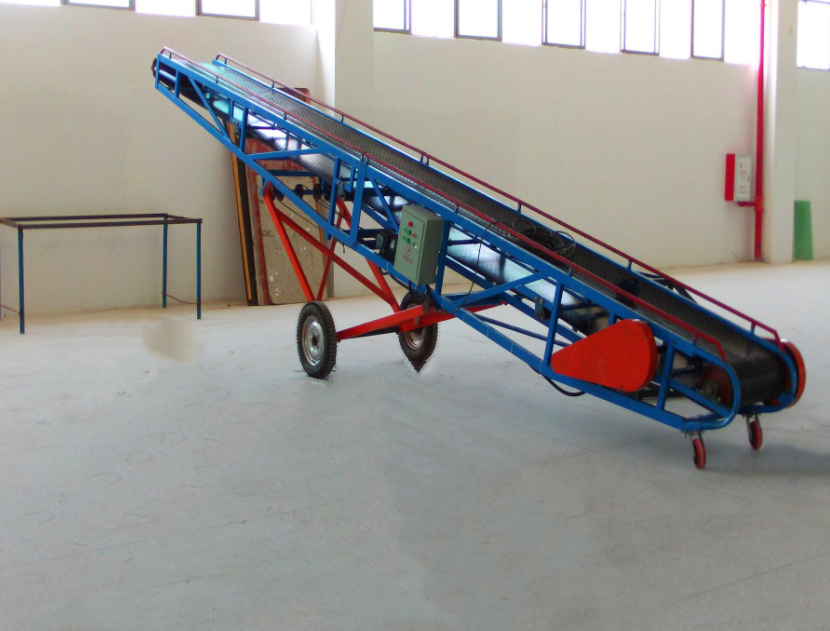
Power Adaptability: To cope with off-grid situations without a power source, truck-loading conveyors are often equipped with diesel engines or hydraulic motors to ensure independent operation. Conventional conveyors are primarily electric-driven and rely on external power sources, making them more suitable for environments with stable power supplies, such as factories and warehouses.
Dynamic loading and unloading versus continuous transfer are the core functional distinctions between two types of conveyors. The former focuses on fast docking and precise material drop-off during truck loading and unloading, while the latter emphasizes uninterrupted material flow along a fixed path.
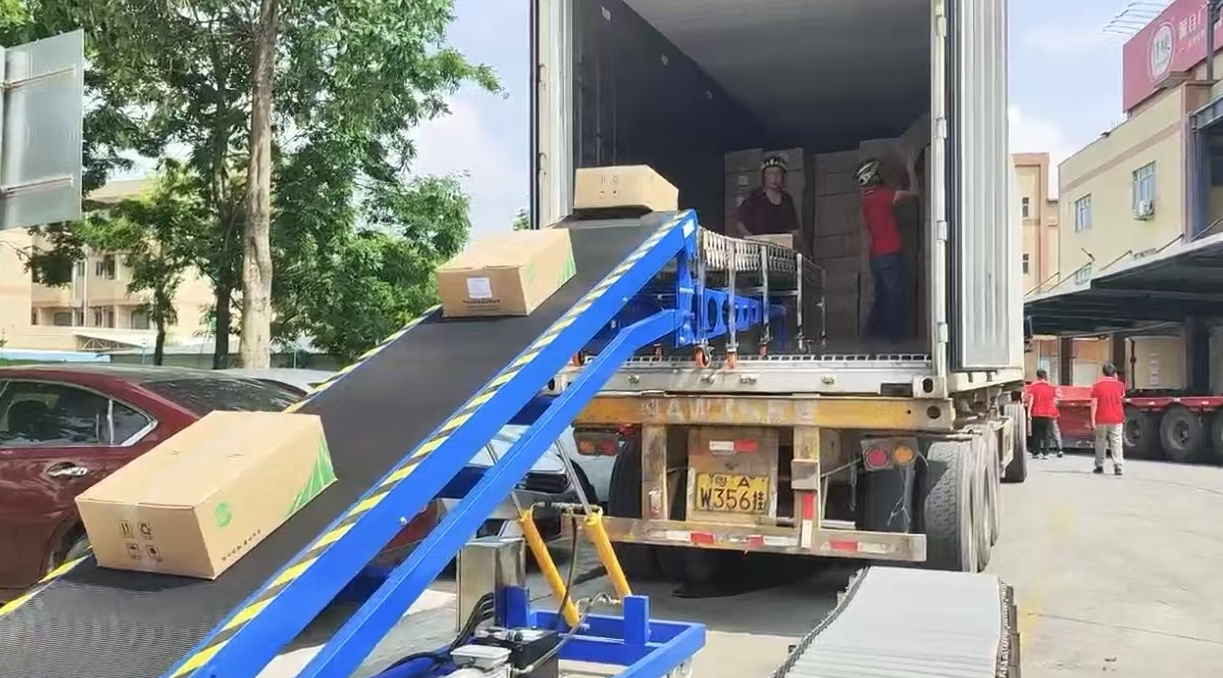
Loading and Unloading Efficiency: Truck-loading conveyors must adapt to the short truck stop times and high batching requirements, emphasizing "fast docking and precise material drop-off." For example, telescopic conveyors can adjust their length and speed through automated control, enabling one-touch loading from the ground to the carriage. Conveying Continuity: Conventional conveyors emphasize "uninterrupted transport." For example, belt conveyors in mines can operate 24/7. Their long-distance, highly stable design allows for the continuous transfer of large quantities of materials.
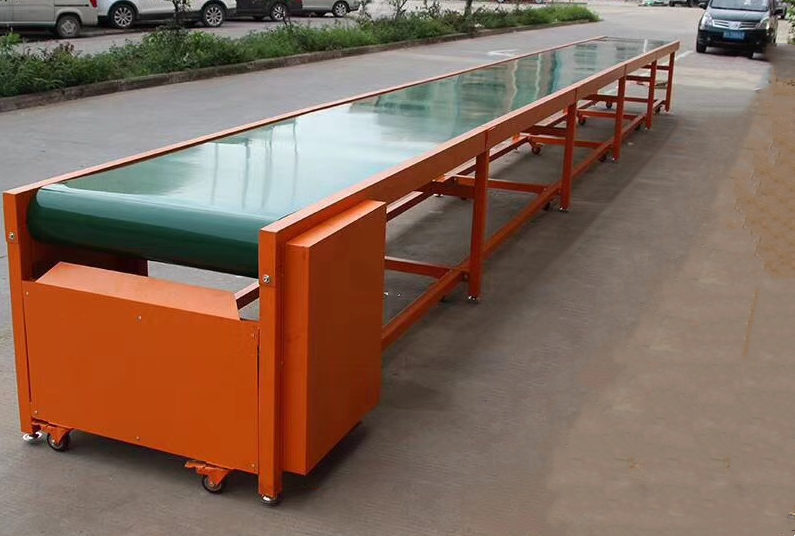
Compatibility: Truck-mounted conveyors must accommodate a variety of cargo types (bulk materials, piece goods, fragile goods, etc.). Some models can accommodate diverse materials such as grain, building materials, and express parcels by changing belt materials (anti-slip, wear-resistant) or adding baffles. Conventional conveyors are often designed for a single material type, such as screw conveyors specializing in powders and chain conveyors for bulk materials.
Mobile and fixed operations place significant differences in conveyor requirements. Mobile operations are suitable for temporary outdoor operations and adapt to changing environments; fixed operations focus on regular indoor transport, requiring stable and continuous equipment.
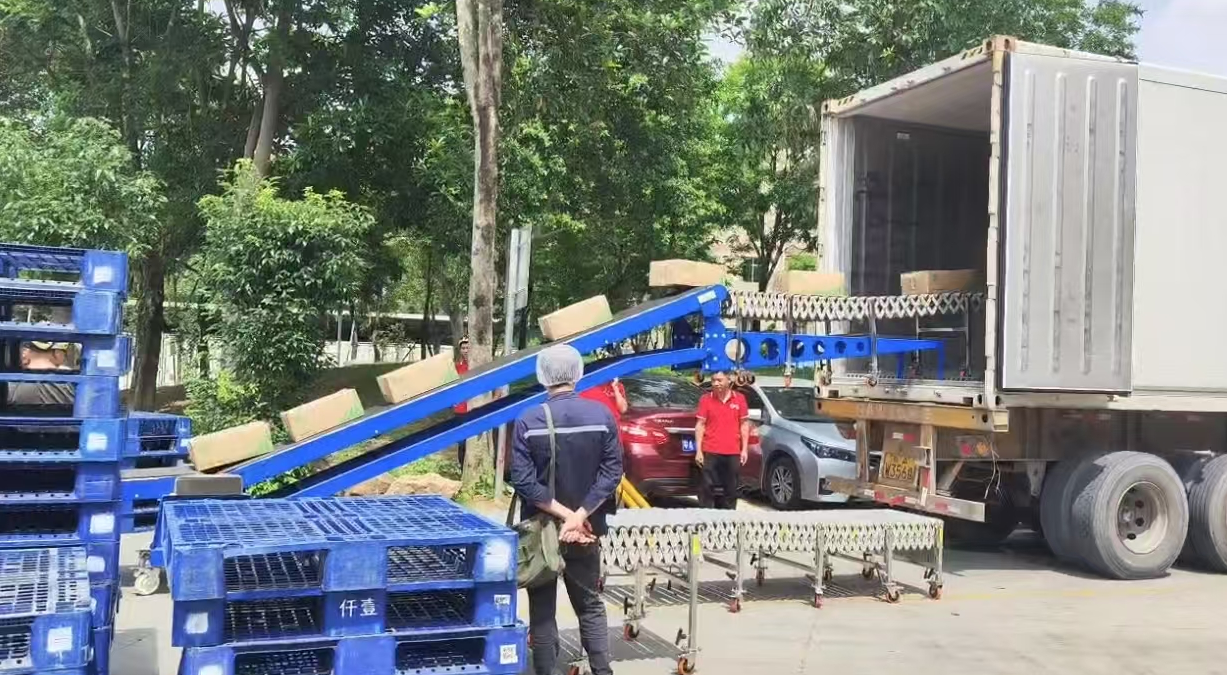
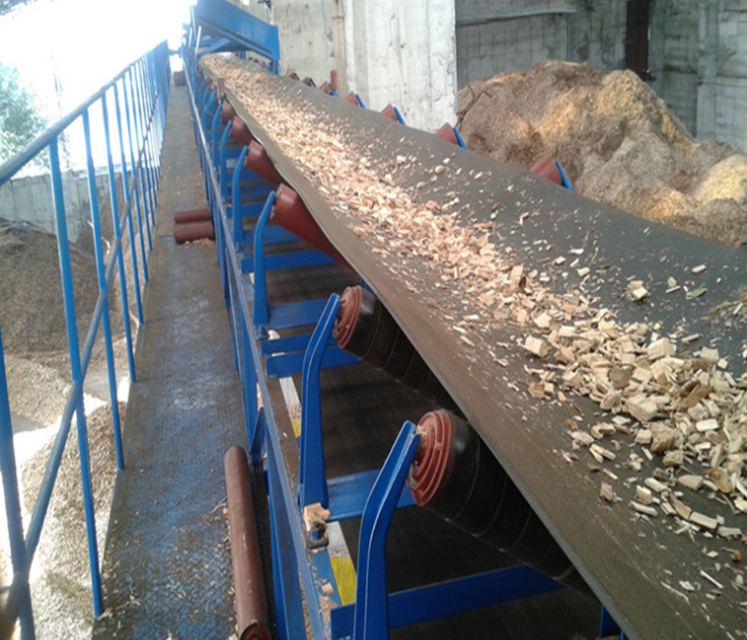
We are a professional conveying equipment manufacturer with over a decade of experience in the industry, specializing in the research, development, manufacturing, and customization of truck-mounted conveyors and a variety of general-purpose conveying equipment. With a modern production base and a highly experienced technical team, we rigorously control quality throughout the entire process, from design to production. Our equipment includes diesel, electric, and hydraulic drive options, adaptable to diverse applications such as mining, logistics, and agriculture. We also support custom solutions tailored to the client's site and material characteristics.
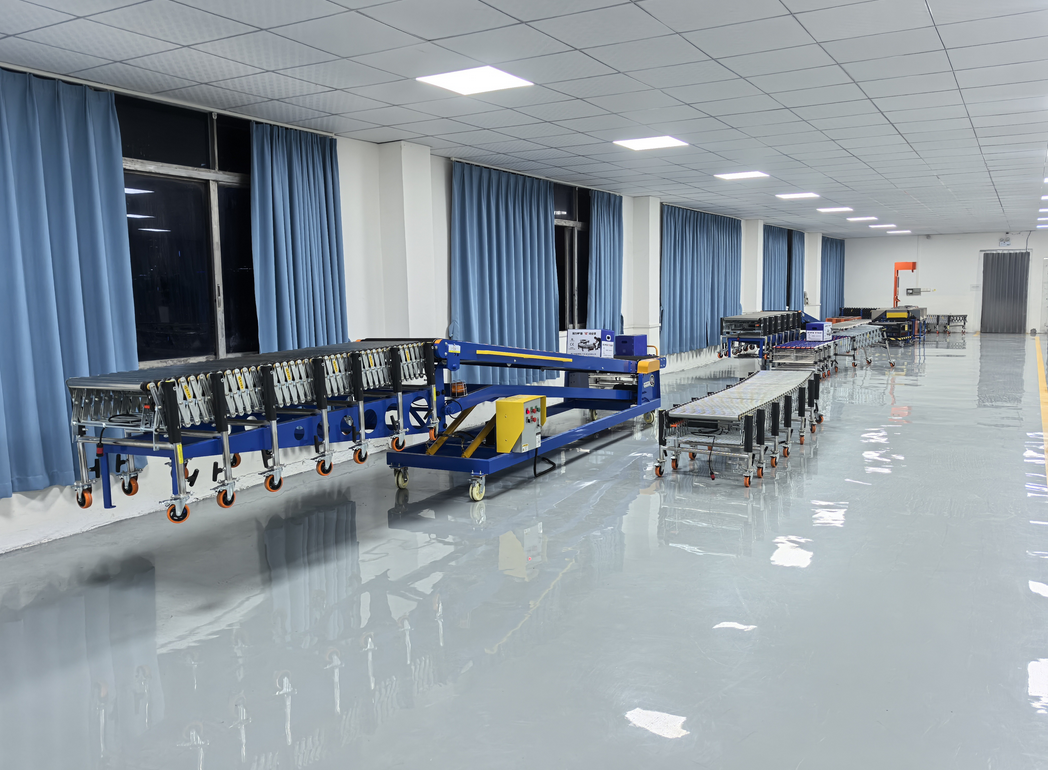
Truck-mounted conveyors are "specialized tools for dynamic loading and unloading scenarios," with flexibility, adaptability, and mobility as their core advantages. Conventional conveyors are "the workhorses of fixed-use conveying," known for their stability, continuity, and specificity. In practice, the two are not substitutes, but rather complementary.
NOTE: You can also send a message to us by this email sale@xxdahan.com, we will reply to you within 24 hours. Now tell us your needs, there will be more favorable prices!